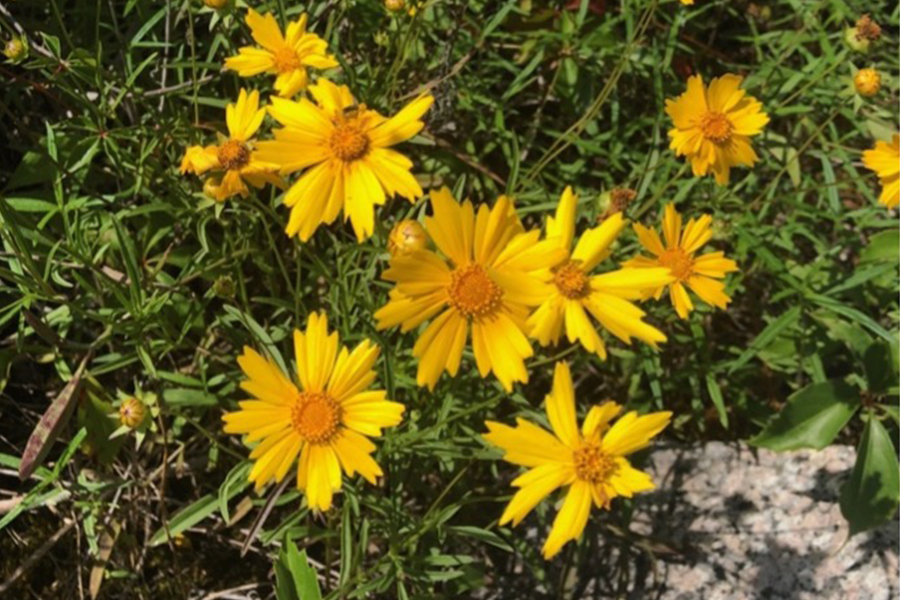
August 3 is National Georgia Day, and University of Georgia horticulture professor Bodie Pennisi wants the state’s gardeners to know more about the native plants that make up Georgia’s landscapes.
In a UGA Cooperative Extension publication on native plants for Georgia, Pennisi explains that the term “native” can be interpreted in several ways. For its part, the U.S. Forest Service defines native plants as “naturally occurring, either presently or historically, in any ecosystem of the United States.”
These native landscapes are an important part of ecological preservation, and conservation is necessary to prevent the extinction of native species. “With the increasing destruction of natural environments for urban and agricultural use, many plant species and the animals they support have declined dramatically,” Pennisi says.
Native plants are important as they are an essential part of biodiversity, continues Pennisi, who specializes in commercial landscapes. “The more native plants in both numbers and kinds, the higher the biodiversity of the ecological web — from the soil microfauna to the higher organisms.”
Some common native trees Pennisi mentions are magnolia trees, tulip trees, oaks and pines. Shrubs that are native to Georgia include summersweet shrubs (also called clethra), a variety of viburnum species, and vaccinium species including blueberries and sparkleberries. Native wildflowers include tickseed (coreopsis), eastern bluestar and several species of milkweed.
Native plants are also appealing in that they are low maintenance and self-sufficient. There are 100 distinct environments or plant communities in Georgia, which are divided into basic groups including wet, moist, dry, upland or bottomland.
“Native plants have been here thousands of years before us, they are well-adapted to the location they’ve been growing,” said Pennisi. Because of this, care for them is simple if planted in the right conditions.
“What they do not tolerate well is being placed in conditions too different than their natural environment,” Pennisi continued. “If the plant comes from soils that are wet in a sunny environment, make sure you provide the same.”
For more information on cultivating Georgia’s native plants in the landscape, refer to UGA Extension Bulletin 987, "Native Plants for Georgia," which includes trees, shrubs and woody vines; ferns; wildflowers; and grasses and sedges.
To learn more about how to choose and incorporate native plants in your landscape, contact your local Extension agent.






